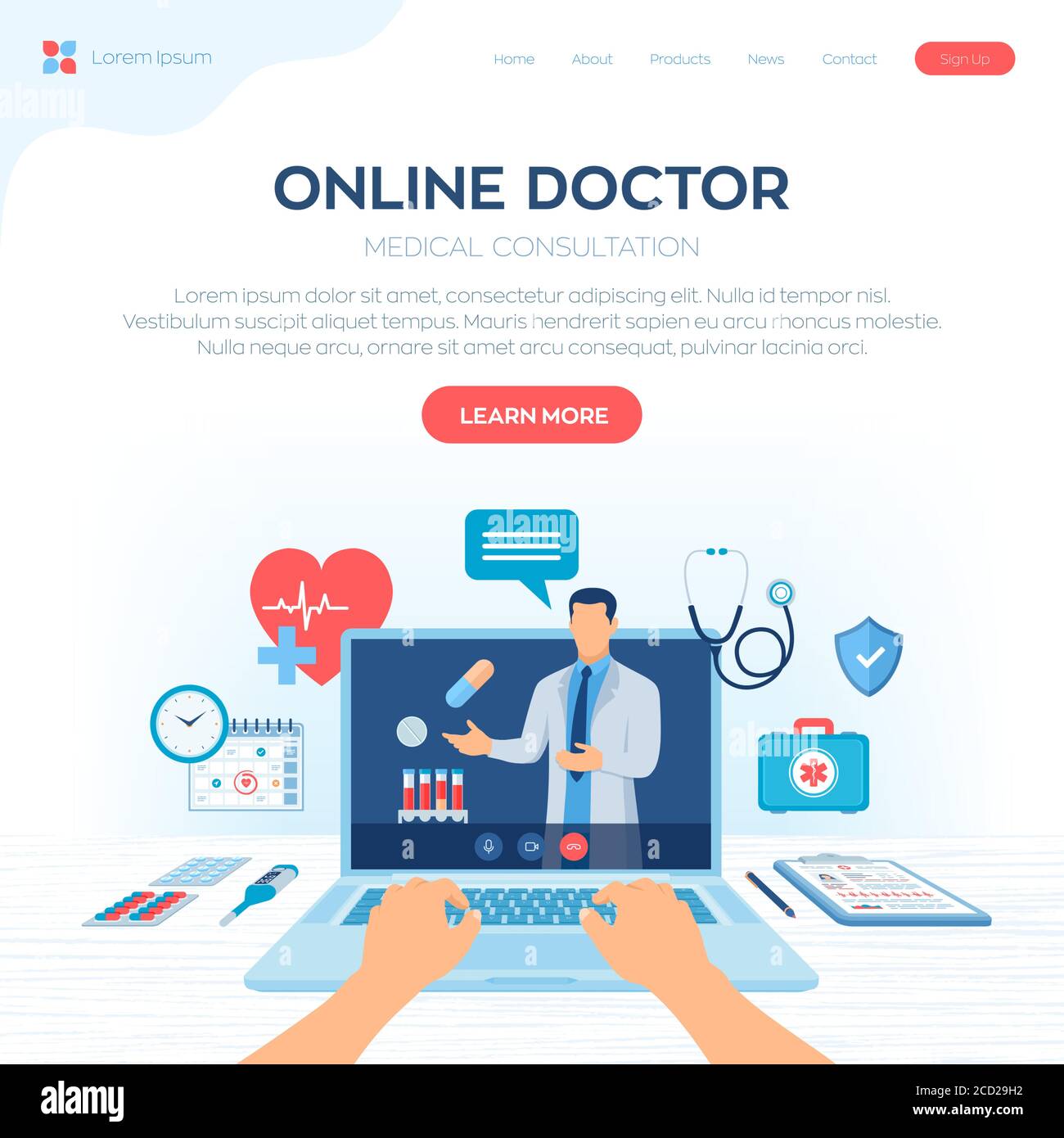The Future of Medication: Discovering Subscription Based Healthcare Designs
The Future of Medication: Discovering Subscription Based Healthcare Designs
Blog Article
The Rise of Subscription-Based Medical Care and Its Impact on Patient Treatment
As health care advances, the subscription-based model is getting grip, promising to transform individual treatment by using predictability and access. These models, which bypass traditional insurance policy, can redefine the patient-doctor dynamic, stressing tailored and precautionary care. Yet, as with any technology, they present difficulties, particularly concerning equitable accessibility for all socioeconomic teams. The possibility for these designs to reshape medical care delivery elevates pushing concerns about their long-term sustainability and inclusivity. Are these subscription solutions the future of healthcare, or do they take the chance of leaving prone populaces behind? The details of this change warrant a more detailed examination.
Understanding Subscription Healthcare Designs
Understanding the concept of registration health care models includes analyzing a transformative technique to medical services that emphasizes cost and availability. These versions, commonly described as straight medical care (DPC) or attendant medication, have become innovative options to conventional fee-for-service healthcare systems. Membership healthcare permits clients to pay a set monthly or annual fee for a defined set of medical solutions, which may include unrestricted workplace gos to, routine exams, and basic lab examinations, without the requirement for standard insurance coverage invoicing.
The structure of membership health care models is designed to enhance person care by removing third-party payers and intricate billing codes, consequently minimizing administrative worries. Healthcare companies can focus much more on client treatment, cultivating stronger patient-provider partnerships. This design additionally promotes preventative treatment by motivating normal brows through, as the economic obstacle of per-visit charges is gotten rid of.
The subscription model commonly empowers medical care suppliers to take care of smaller sized patient panels, enabling even more customized care. It lines up economic incentives with patient health and wellness outcomes, as carriers are motivated to keep person complete satisfaction and well-being. Generally, recognizing subscription healthcare designs requires recognizing their possible to reshape exactly how care is supplied and accessed.
Advantages for Patients and Service Providers
For suppliers, subscription-based versions provide the possibility to grow patient-provider partnerships. With a stable income stream, health care specialists can devote even more time to each patient, bring about a much more personalized and comprehensive treatment experience. This model likewise minimizes dependence above person volumes, easing exhaustion and enhancing job fulfillment. The focus on preventive treatment within registration plans can lead to much better individual end results and lowered long-lasting medical care prices. By focusing on constant treatment, carriers can resolve issues before they rise, eventually profiting the health care system as an entire by lowering the burden on emergency and intense treatment services.
Concerns and difficulties
While subscription-based medical care designs existing countless advantages, they likewise web link include a collection of obstacles and problems that need to be dealt with. Access remains a substantial problem, as these versions frequently target individuals who can reference manage month-to-month fees, possibly leaving out low-income populaces. This raises honest questions concerning fair accessibility to health care services. Furthermore, the diverse nature of subscription strategies can result in confusion amongst patients regarding coverage specifics, potentially causing unmet expectations or inadequate care.
Financial sustainability of subscription-based models is an additional concern. Providers need to stabilize the set earnings from subscriptions with the variable expenses of health care services, which may change as a result of unpredicted clinical demands. This can develop pressure to restrict services or rise fees, possibly impacting client contentment and care quality.
In addition, regulatory oversight of subscription-based health care designs is still advancing. The lack of standard structures can cause inconsistent solution high quality and responsibility, making complex efforts to ensure patient protection. The combination of technology-- typically a foundation of these models-- raises questions regarding data personal privacy and protection, as sensitive client info could be at risk to violations. Dealing with these challenges is critical for the effective and fair execution of subscription-based healthcare.
Effect On Patient-Doctor Relationships
One considerable influence of subscription-based medical care models on patient-doctor partnerships is the capacity for enhanced connection and individualized treatment. By adopting a registration version, physicians can take care of a smaller patient panel, permitting even more Discover More Here specialized time with each individual. This boosted accessibility cultivates a deeper understanding of a client's case history, lifestyle, and preferences, allowing more tailored treatment strategies and interventions.

Nevertheless, it is very important to identify that while subscription-based versions might benefit those that can afford them, they can unintentionally broaden healthcare differences. Individuals who are incapable to take part in these designs could experience reduced access to personalized care, potentially influencing their relationships with health care companies. Therefore, while the registration version provides promising benefits for patient-doctor connections, it likewise positions obstacles that require to be addressed to make sure fair medical care gain access to.
Future of Healthcare Access

The function of technology can not be overlooked in this transformation. Telemedicine systems and digital health documents assist in seamless interaction in between individuals and doctor, damaging down geographical and logistical obstacles. In addition, improvements in fabricated knowledge and data analytics can additionally individualize medical treatment by forecasting individual needs and enhancing therapy strategies.
Nevertheless, the future of healthcare access likewise offers difficulties, such as making sure equity across different socio-economic groups. Policymakers and healthcare suppliers should collaborate to link the digital divide, ensuring that subscription-based versions remain inexpensive and inclusive. As these systems mature, they hold the promise of making health care a lot more easily accessible, effective, and patient-centric.
Conclusion
Subscription-based medical care models are reshaping individual treatment by offering a stable price framework and improving ease of access. The increase of subscription-based health care motivates positive person involvement, which has the possible to boost person results and fulfillment, signifying a transformative change in health care shipment.
As health care advances, the subscription-based version is obtaining traction, guaranteeing to reinvent client care by providing predictability and ease of access.Subscription-based medical care versions offer distinct advantages for both patients and suppliers, improving the overall health care experience.As health care systems progress, the future of medical care gain access to regularly pivots on the combination of innovative models and modern technologies.Subscription-based health care models are improving patient treatment by giving a stable price structure and enhancing ease of access. The surge of subscription-based health care motivates aggressive individual engagement, which has the prospective to enhance individual end results and contentment, signaling a transformative shift in medical care shipment.
Report this page